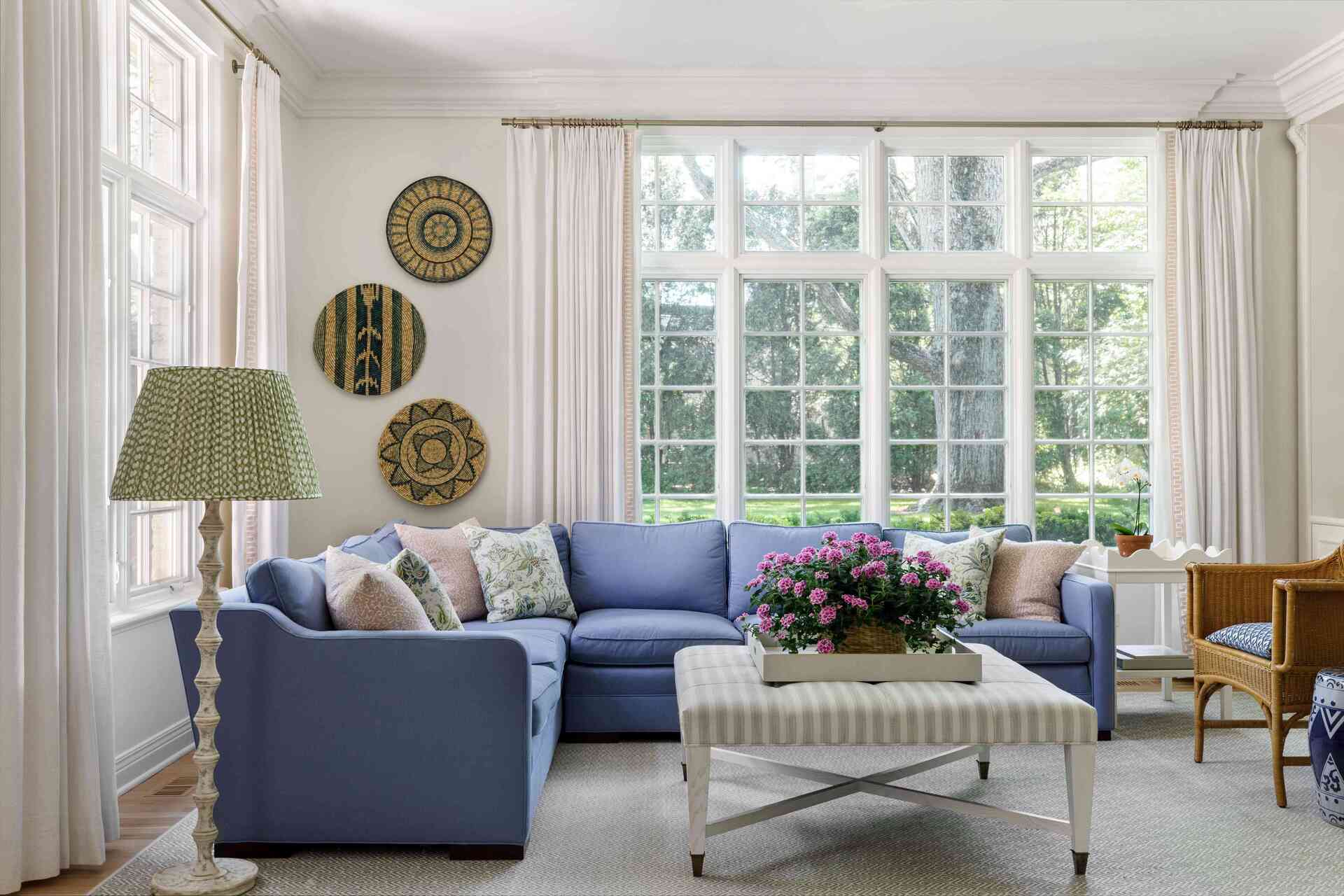

Articles
Which Sofa Is Best For Living Room
Modified: August 28, 2024
Discover the best articles about choosing the perfect sofa for your living room. Get expert tips and advice to create a stylish and comfortable space.
(Many of the links in this article redirect to a specific reviewed product. Your purchase of these products through affiliate links helps to generate commission for Storables.com, at no extra cost. Learn more)
Introduction
Welcome to the ultimate guide for choosing the best sofa for your living room! The living room is often the heart of a home, where family and friends gather to relax and spend quality time together. One of the essential elements of any living room is a comfortable and stylish sofa that not only adds functionality but also enhances the overall aesthetic appeal of the space.
With so many options available in different styles, materials, sizes, and colors, finding the perfect sofa can be a daunting task. That’s why we’re here to help you navigate through the multitude of choices and make an informed decision.
In this guide, we’ll explore the factors to consider when choosing a sofa for your living room, including style, upholstery materials, colors, comfort, size, arrangement, maintenance, and durability. By understanding these factors and their significance, you’ll be well-equipped to select a sofa that perfectly suits your living room and meets your specific needs and preferences.
Whether you’re looking for a cozy sectional sofa to accommodate large gatherings, a sleek and modern sofa for a minimalist living room, or a traditional sofa with intricate details for a classic ambiance, we’ve got you covered. Our goal is to provide you with valuable insights and practical tips to help you find the sofa of your dreams.
Are you ready to transform your living room into a comfortable and stylish haven? Let’s dive into the factors you should consider when choosing a sofa for your living room!
Key Takeaways:
- When choosing a sofa for your living room, consider factors such as style, upholstery materials, colors, comfort, size, arrangement, maintenance, and durability to make an informed decision that perfectly suits your space and preferences.
- The arrangement and placement of your sofa can greatly impact the functionality and visual appeal of your living room. Consider room layout, traffic flow, and spatial balance to create a comfortable and inviting seating area that complements your overall design.
Read also: 12 Best Sofas For Living Room For 2024
Factors to Consider when Choosing a Sofa for the Living Room
Choosing the right sofa for your living room involves considering various factors to ensure that it not only complements your space but also meets your functional and aesthetic requirements. Let’s explore the key factors you should keep in mind when selecting a sofa:
- Style: The style of the sofa sets the tone for your living room’s overall aesthetic. Decide on a style that reflects your personal taste and complements the existing decor. Whether you prefer a modern, contemporary, traditional, or eclectic look, choose a sofa that aligns with the overall style of your living room.
- Upholstery Materials: The upholstery material of the sofa plays a significant role in both comfort and durability. Consider factors such as the level of maintenance required, resistance to stains and spills, and the overall feel of the fabric. Popular options include leather, velvet, microfiber, linen, and cotton blends. Each material has its own unique characteristics, so choose one that suits your lifestyle and preferences.
- Colors and Patterns: The color and pattern of your sofa can have a significant impact on the look and feel of your living room. Decide whether you want a bold statement piece or a more neutral, versatile sofa. Consider the existing color scheme of your living room and choose a color and pattern that complements or contrasts with it to create an aesthetically pleasing balance.
- Comfort and Size: Comfort is a crucial aspect to consider when choosing a sofa. Consider factors such as seat depth, cushion firmness, and back support. Take into account the size of your living room and choose a sofa that fits proportionately. A large sectional may be suitable for spacious living rooms, while a smaller loveseat or sofa might be more appropriate for compact spaces.
- Arrangement and Placement: Think about how you plan to arrange your living room furniture and where the sofa will be placed. Consider the flow of traffic, focal points, and the overall layout to determine the best placement for the sofa. This will help you choose the right size and style that harmonizes with the room’s arrangement.
- Maintenance and Durability: Evaluate the level of maintenance required for the sofa and choose a material that suits your lifestyle. Some materials may require regular cleaning or are more prone to stains and wear. Additionally, consider the durability of the sofa and opt for sturdy construction and high-quality materials to ensure its longevity.
By considering these factors, you can narrow down your options and find the perfect sofa that not only complements your living room but also provides comfort and durability for years to come. Remember to take your time, test out different options, and envision how the sofa will fit into your living room’s overall design and functionality.
Now that we have explored the key factors to consider when choosing a sofa, let’s delve into the different styles of sofas available for your living room!
Sofa Styles for Living Rooms
When it comes to selecting a sofa for your living room, there is a plethora of styles to choose from. The style of the sofa not only impacts the overall aesthetics of the room but also influences the level of comfort and functionality it offers. Let’s explore some popular sofa styles for living rooms:
- Traditional: Traditional sofas exude elegance and sophistication. They often feature ornate details, such as carved wood accents, tufted upholstery, and rolled arms. Classic English, Chesterfield, and Camelback sofas are examples of traditional styles that bring a timeless charm to any living room.
- Modern: Modern sofas are characterized by clean lines, minimalist designs, and a sleek appearance. They offer a contemporary and chic aesthetic, making them ideal for contemporary or minimalist living rooms. Modern sofas often feature bold colors, asymmetrical designs, and metal or chrome accents.
- Mid-Century Modern: Inspired by the design movement of the mid-20th century, mid-century modern sofas offer a retro yet timeless appeal. These sofas typically have tapered legs, low profiles, and geometric shapes. They often feature vibrant colors and textured fabrics, adding a touch of nostalgia to your living room.
- Sectional: Sectional sofas are a popular choice for larger living rooms or open-concept spaces. They consist of multiple sections that can be arranged to fit different configurations. Sectionals are versatile, offering ample seating and the flexibility to create a cohesive seating area. They are available in various styles, including traditional, modern, and contemporary.
- Sleeper: If you frequently host overnight guests or have limited space, a sleeper sofa can be a practical addition to your living room. These sofas feature a pull-out mattress, allowing you to transform them into a comfortable sleeping surface. Sleeper sofas come in a range of styles and sizes, ensuring you can find one that matches your living room decor.
- Love Seat: Love seats are smaller sofas designed to accommodate two people. They are the perfect choice for compact living rooms or as an addition to a larger sofa. Love seats come in various styles, making it easy to find one that suits your living room’s design theme.
- Chaise Lounge: A chaise lounge combines the comfort of a sofa with the relaxation of a recliner. These sofas feature an extended seat, allowing you to stretch out and lounge comfortably. Chaise lounges are available in different styles and can add a touch of luxury and elegance to your living room.
Each of these sofa styles offers a unique aesthetic and functionality. Consider the overall theme and size of your living room, as well as your personal preferences, when choosing the style that best suits your needs. Now that we have explored the different sofa styles for living rooms, let’s move on to the upholstery materials for your sofa.
Upholstery Materials for Living Room Sofas
The upholstery material of your sofa not only affects its overall appearance but also determines its durability, comfort, and maintenance requirements. When choosing the upholstery material for your living room sofa, consider factors such as lifestyle, budget, and personal preferences. Let’s explore some popular upholstery materials for living room sofas:
- Leather: Leather is a timeless and luxurious choice for sofa upholstery. It offers a sophisticated and elegant look, as well as exceptional durability. Leather sofas are easy to clean and maintain, with spills and pet hair easily wiped away. They develop a beautiful patina over time, adding character to your living room. However, leather can be more expensive compared to other materials.
- Fabric: Fabric sofas come in a wide range of materials, colors, and patterns. From natural fibers like cotton and linen to synthetic materials like microfiber and polyester, fabric sofas offer versatility and comfort. They are generally more affordable than leather and provide a cozy and inviting feel. However, fabric sofas may require more maintenance and can be prone to staining and wear.
- Velvet: Velvet sofas add a touch of luxury and elegance to any living room. The soft and plush texture of velvet creates a luxurious seating experience. Available in a variety of colors, velvet sofas can be a bold statement piece or a subtle addition to your decor. Keep in mind that velvet sofas may require more frequent cleaning and are more susceptible to marks and imprints.
- Microfiber: Microfiber is a durable and stain-resistant upholstery material that offers a budget-friendly alternative to leather. It is easy to clean and maintain, making it an excellent choice for households with children or pets. Microfiber sofas are available in a wide range of colors and textures and offer a soft and comfortable seating experience.
- Linen: Linen is a lightweight and breathable upholstery material that adds a touch of sophistication to your living room. Linen sofas have a natural, textured appearance and provide a cool and comfortable seating experience. Keep in mind that linen can be more prone to wrinkling and may require more frequent cleaning and maintenance.
- Cotton Blends: Cotton blends are a popular choice for sofa upholstery as they offer a combination of durability and comfort. Cotton blend fabrics are available in various patterns and textures and provide a versatile and inviting seating option. However, they may be more prone to staining and require regular cleaning.
When selecting the upholstery material for your living room sofa, consider your lifestyle and the level of maintenance you are comfortable with. If you have young children or pets, you may lean towards stain-resistant and easy-to-clean options like leather or microfiber. If you prefer a soft and cozy feel, consider fabrics like velvet or cotton blends. Additionally, consider your budget as different materials can vary in cost.
Remember to consider the overall style and color scheme of your living room when choosing the upholstery material. The material should complement the existing furniture and decor to create a cohesive and aesthetically pleasing space. Now that we have explored the upholstery materials for living room sofas, let’s move on to discussing sofa colors and patterns.
Sofa Colors and Patterns for Living Rooms
The color and pattern of your sofa can significantly impact the overall look and feel of your living room. It’s important to choose a color and pattern that complements your existing decor, reflects your personal style, and creates the desired ambiance in the space. Let’s explore some considerations when selecting sofa colors and patterns for your living room:
Colors:
- Neutral Tones: Neutral colors like beige, gray, and off-white are versatile options that can seamlessly integrate into any living room style and color scheme. Neutral sofas provide a timeless and understated look while offering flexibility to experiment with bold accents and accessories.
- Bold and Vibrant Hues: If you want to make a statement with your sofa, consider opting for bold colors like red, blue, or green. These vibrant hues can add a pop of personality to your living room and create an eye-catching focal point. Make sure the color coordinates well with the overall color scheme and doesn’t overwhelm the space.
- Earth Tones: Earthy colors like brown, tan, and olive evoke a sense of warmth and coziness, creating a welcoming atmosphere in your living room. These colors bring a natural and organic element to the space and work well with various decor styles.
- Monochromatic: A monochromatic color scheme involves using different shades and tones of a single color. This creates a harmonious and cohesive look. For example, a sofa in different shades of gray can create a sophisticated and elegant aesthetic.
- Contrasting Combination: If you want to add visual interest to your living room, consider a sofa color that contrasts with the existing color palette. For instance, a white sofa in a room with dark walls can create a striking contrast and make the sofa stand out as a focal point.
Patterns:
- Solid: Solid-colored sofas provide a classic and timeless look. They are versatile and can easily blend with different patterns and textures in the room. A solid-colored sofa allows you to experiment with pillows, throws, and other accessories to add pops of patterns and colors.
- Stripes: Striped patterns can add a sense of sophistication and playfulness to your living room. Horizontal or vertical stripes can create different effects, with vertical stripes elongating the space and horizontal stripes adding width. Choose a stripe pattern that complements the overall style of your living room.
- Geometric: Geometric patterns offer a modern and contemporary vibe. Whether it’s chevron, herringbone, or hexagon patterns, geometric designs can add visual interest and a touch of artistic flair to your living room.
- Floral: Floral patterns can bring a sense of freshness and charm to your living room. Depending on the size and scale of the floral design, it can create different moods, from subtle and delicate to bold and vibrant. Consider the existing decor and the desired ambiance when selecting a floral pattern for your sofa.
- Texture: Texture can be a form of pattern, adding depth and visual interest to your sofa. From tufted or quilted upholstery to ribbed or nubby fabrics, textured sofas can create a cozy and inviting feel in your living room.
When selecting sofa colors and patterns, consider the overall style and theme of your living room. Take into account the existing color palette, flooring, and wall colors to create a cohesive and harmonious space. Experiment with mix-and-match options, but ensure that the colors and patterns work well together to create a balanced and visually appealing living room.
Now that we have explored sofa colors and patterns, let’s move on to discussing the important considerations of comfort and size when choosing a sofa for your living room.
When choosing a sofa for your living room, consider the size of the room, the style of the sofa, and the material. A sectional sofa can be great for large spaces, while a sleek, modern sofa can work well in smaller rooms. Choose a durable material like leather or microfiber for longevity.
Read more: Which Wallpaper Is Best For Living Room
Comfort and Size Considerations for Living Room Sofas
When choosing a sofa for your living room, comfort and size are two essential considerations that can greatly impact your overall satisfaction with the piece. Finding the right balance between comfort and size will ensure that your sofa provides the perfect seating experience while fitting harmoniously in your living room. Let’s delve into these considerations in more detail:
Comfort:
Comfort is a top priority when selecting a sofa, as it plays a significant role in your day-to-day relaxation and enjoyment. Consider the following factors to ensure optimal comfort:
- Seat Depth: The seat depth of the sofa affects how you sit and lounge. If you prefer a more upright and formal posture, opt for a shallower seat depth. If you like to sink into your sofa and curl up, go for a deeper seat depth that allows for maximum relaxation.
- Cushion Firmness: Determining the right cushion firmness is a matter of personal preference. Some individuals prefer a firmer feel for better support, while others prefer a plush and softer cushioning for a cozy seating experience. Test out different options to find the right balance that suits your comfort needs.
- Back Support: Adequate back support is crucial for maintaining good posture and reducing discomfort. Look for sofas that offer proper lumbar support and have comfortable cushions or built-in pillows to provide optimal support for your back.
- Armrest Height: The armrest height should be suitable for your comfort needs. Consider whether you prefer a higher armrest for resting your arms or a lower one for a more casual and relaxed feel.
Size:
Choosing the right size sofa is crucial to ensure it fits proportionately and comfortably in your living room. Consider the following size considerations:
- Room Proportions: Take into account the size and proportions of your living room when choosing a sofa. A large sectional may be suitable for spacious living rooms, while a smaller loveseat or apartment-sized sofa might be more appropriate for compact spaces.
- Available Space: Measure the available space in your living room to determine the ideal size for your sofa. Consider factors such as the distance from the walls, the clearance required for walking around, and the placement of other furniture pieces.
- Seating Capacity: Determine how many people you expect the sofa to accommodate. Consider your lifestyle and entertainment preferences. If you frequently host guests or have a large family, a larger sofa or a sectional with ample seating capacity might be necessary.
- Doorway and Staircase Accessibility: Ensure that the sofa can fit through your doorways and navigate any narrow hallways or staircases in your home. Measure your entryways and check the dimensions of the sofa to avoid any logistical challenges during delivery.
By considering the comfort and size considerations, you can select a sofa that offers the perfect blend of relaxation and functionality for your living room. Remember to test out different models, sit on the sofa to assess its comfort level, and visualize how it will fit into your living room’s layout. Now that we have covered comfort and size considerations, let’s move on to the arrangement and placement of your living room sofa.
Arrangement and Placement of Living Room Sofas
The arrangement and placement of your living room sofa can greatly impact the overall flow and functionality of the space. Properly positioning your sofa ensures that it not only serves as a comfortable seating option but also enhances the visual appeal of your living room. Let’s explore some essential considerations when arranging and placing your living room sofa:
Room Layout:
- Focal Point: Identify the focal point in your living room, which could be a fireplace, a TV, or a large window with a beautiful view. Position your sofa to face the focal point to create a natural and inviting seating arrangement.
- Traffic Flow: Consider the flow of foot traffic in your living room. Leave enough space for easy movement around the sofa, ensuring that the pathway doesn’t hinder access to other areas of the room.
- Conversation Area: If your living room is primarily used for socializing and gathering with family and friends, create a conversation area by arranging the sofa and other seating options in a way that promotes interaction and easy conversation.
- Spatial Balance: Achieve a harmonious balance in your living room by ensuring that the sofa is proportionate to the size of the room and other furniture pieces. Avoid overcrowding the space with an oversized sofa or leaving an empty and unbalanced area with an undersized one.
Placement Options:
- Against the Wall: Placing the sofa against a wall is a common and practical choice, especially in smaller living rooms. It helps maximize floor space and creates an open and spacious feel. However, make sure there is enough distance between the sofa and the wall to avoid a cramped appearance.
- Float in the Room: Floating the sofa in the center of the room can create a striking focal point and a sense of openness. This arrangement works well in larger living rooms or open-concept spaces. Pair it with a stylish console table or a rug underneath to anchor the area.
- Divide the Space: In open-concept living spaces, you can use the sofa to divide different areas, such as the living room and dining area. Position the sofa back-to-back with another furniture piece, like a bookshelf or a console table, to create a visual separation without blocking the flow.
- Corner Placement: If your living room has an awkward corner or an alcove, consider placing the sofa in the corner to maximize the use of space. Pair it with a couple of accent chairs or a small coffee table to create a cozy and inviting seating nook.
When arranging and placing your living room sofa, consider the overall layout, functionality, and visual appeal of your space. Experiment with different arrangements before settling on the final placement. Pay attention to the scale and proportion of your sofa in relation to the room and other furniture pieces. Remember, the goal is to create a comfortable and inviting seating area that complements the overall design of your living room.
Now that we have covered the arrangement and placement of the sofa, let’s move on to discussing maintenance and durability considerations when choosing a living room sofa.
Maintenance and Durability of Living Room Sofas
When selecting a sofa for your living room, considering the maintenance and durability of the material is crucial to ensure that your investment stands the test of time. A sofa that is easy to maintain and built to withstand daily use will provide long-lasting comfort and satisfaction. Let’s explore some essential considerations for the maintenance and durability of living room sofas:
Maintenance:
- Cleaning: Consider the cleaning and maintenance requirements of the sofa material. Leather sofas typically require special leather cleaners and conditioners, while fabric sofas may need to be vacuumed regularly or spot cleaned. Opt for materials that are easy to clean and maintain based on your lifestyle and preferences.
- Protection: Protecting your sofa from spills, stains, and everyday wear is essential to extend its lifespan. Consider using fabric protectors or applying a leather conditioner to keep the material in good condition. Using armrest covers or decorative throws can also help protect your sofa from daily wear and tear.
- Rotation: Regularly rotating the cushions of your sofa can help distribute the wear more evenly, preventing them from sagging or developing indentations. This is particularly important for foam-filled cushions that may compress over time.
- Professional Cleaning: Depending on the material and usage, it may be necessary to have your sofa professionally cleaned from time to time. This will help remove deep stains and restore the appearance and freshness of the fabric or leather.
Durability:
- Frame Construction: A durable sofa starts with a sturdy frame. Look for sofas that are constructed using hardwood or kiln-dried wood frames for maximum durability. Avoid sofas with frames made of particleboard or softwoods, as they are less durable and may warp or deteriorate over time.
- Joinery: The joinery of the sofa’s frame plays a crucial role in its durability. High-quality sofas often feature reinforced joinery techniques such as dowels, corner blocks, and metal brackets. These ensure that the frame remains stable and can withstand the daily stress of use.
- Springs and Cushion Fillings: The quality of the springs and cushion fillings directly impact the comfort and longevity of the sofa. Look for sofas with high-quality, resilient springs that provide adequate support. Cushion fillings made of high-density foam, down, or a combination of both offer excellent comfort and durability.
- Stitching and Upholstery: Pay attention to the stitching and upholstery of the sofa. Double-stitched seams provide added strength and resilience, while quality upholstery materials and finishes contribute to the sofa’s overall durability. Check for reinforced corners and robust fastenings to ensure that the upholstery will withstand regular use.
By considering the maintenance and durability factors, you can select a living room sofa that not only requires minimal upkeep but also withstands regular wear and tear. Opting for high-quality materials and solid construction will ensure that your sofa remains comfortable and visually appealing for years to come.
Now that we have covered the maintenance and durability aspects of living room sofas, it’s time to wrap up our comprehensive guide. By considering all these factors in your decision-making process, you’ll be able to find a sofa that perfectly suits your living room and provides the comfort and style you desire.
Conclusion
Choosing the best sofa for your living room is an important decision that involves considering various factors to ensure both functionality and style. By taking into account factors such as style, upholstery materials, colors and patterns, comfort and size, arrangement and placement, maintenance, and durability, you can make an informed decision and find the perfect sofa for your living room.
When selecting a sofa style, consider the overall aesthetic you want to achieve in your living room. Whether it’s traditional, modern, mid-century modern, sectional, sleeper, love seat, or chaise lounge, the style you choose should align with your personal taste and complement the existing decor.
The upholstery material of your sofa is essential in terms of both comfort and durability. Leather, fabric, velvet, microfiber, linen, and cotton blends all offer different qualities and textures, catering to various lifestyles and preferences. Choose an upholstery material that suits your needs in terms of maintenance, durability, and overall feel.
The color and pattern of your sofa can greatly influence the visual impact of your living room. Consider the existing color scheme and decor, and choose a color and pattern that complements or contrasts with it to create a harmonious and visually appealing space.
Comfort and size considerations are crucial to ensure your sofa provides the desired seating experience and fits proportionately in your living room. Find the perfect balance of seat depth, cushion firmness, back support, and armrest height, while also considering the available space and the number of people the sofa needs to accommodate.
The arrangement and placement of your sofa can enhance the functionality and flow of your living room. Take into account the room layout, focal points, traffic flow, and spatial balance when deciding where to position your sofa. Whether against a wall, floating in the room, dividing the space, or in a corner, the placement should create a comfortable and inviting seating area.
Lastly, consider the maintenance and durability of the sofa to ensure a long-lasting investment. Take into account the cleaning and protection requirements of the material, as well as the quality of the frame, joinery, springs, cushion fillings, stitching, and upholstery. A well-maintained and durable sofa will serve you and your living room for years to come.
With these considerations in mind, you are now well-equipped to find the perfect sofa that perfectly suits your living room’s style, provides optimal comfort, and stands the test of time. Enjoy the process of exploring various options, testing out different styles and materials, and envisioning how your new sofa will transform your living room into a cozy and inviting space.
Frequently Asked Questions about Which Sofa Is Best For Living Room
Was this page helpful?
At Storables.com, we guarantee accurate and reliable information. Our content, validated by Expert Board Contributors, is crafted following stringent Editorial Policies. We're committed to providing you with well-researched, expert-backed insights for all your informational needs.
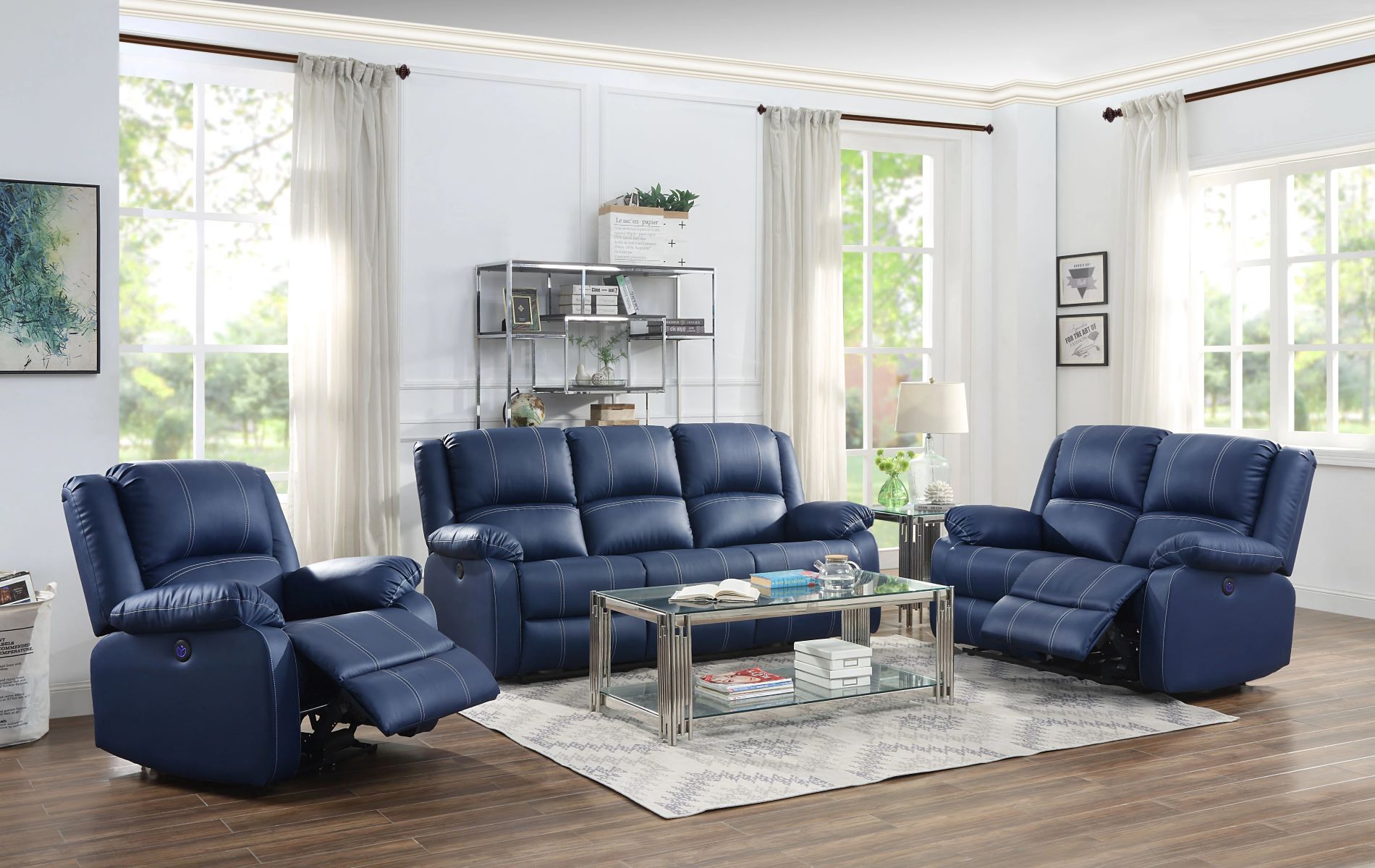
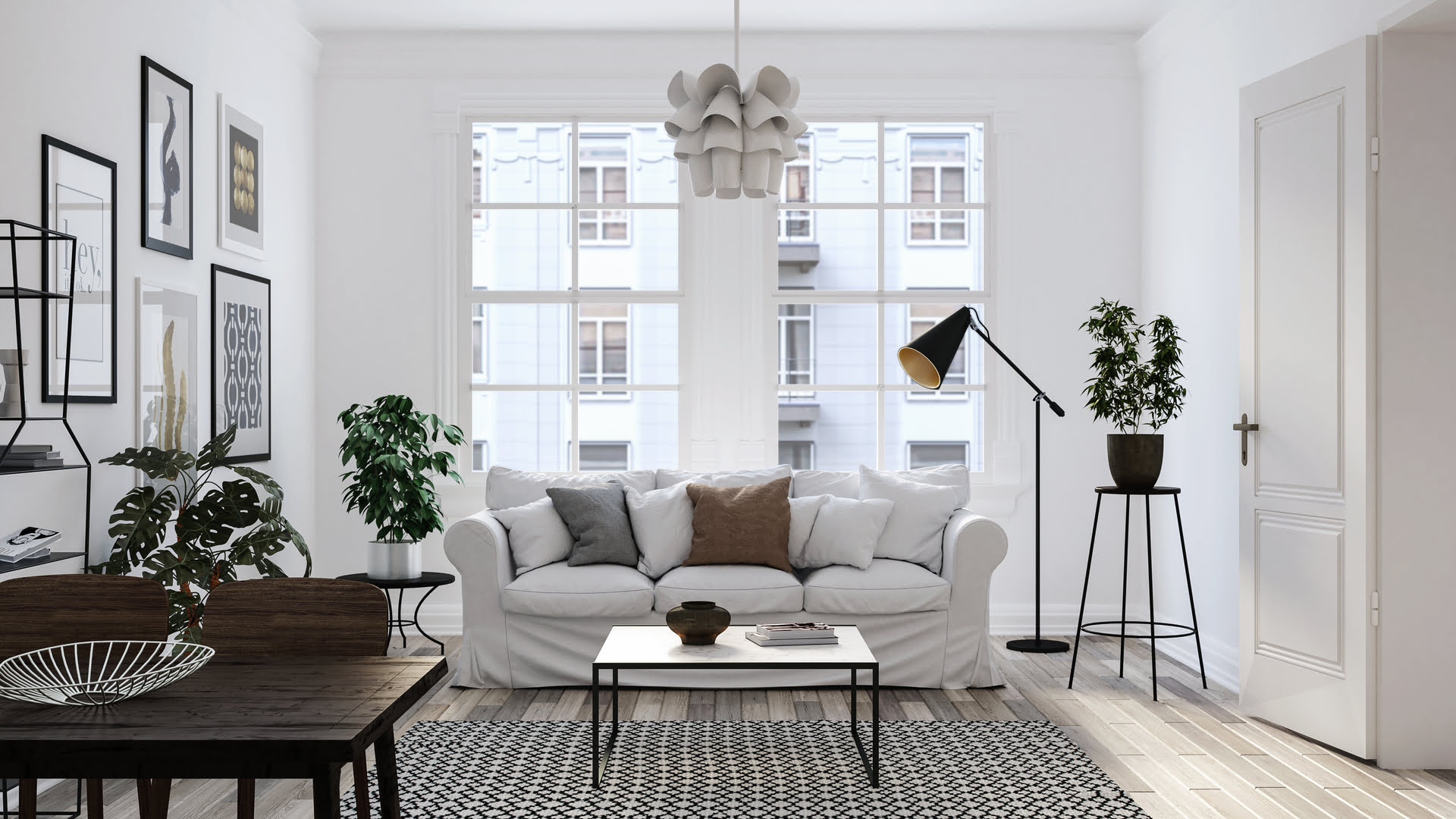
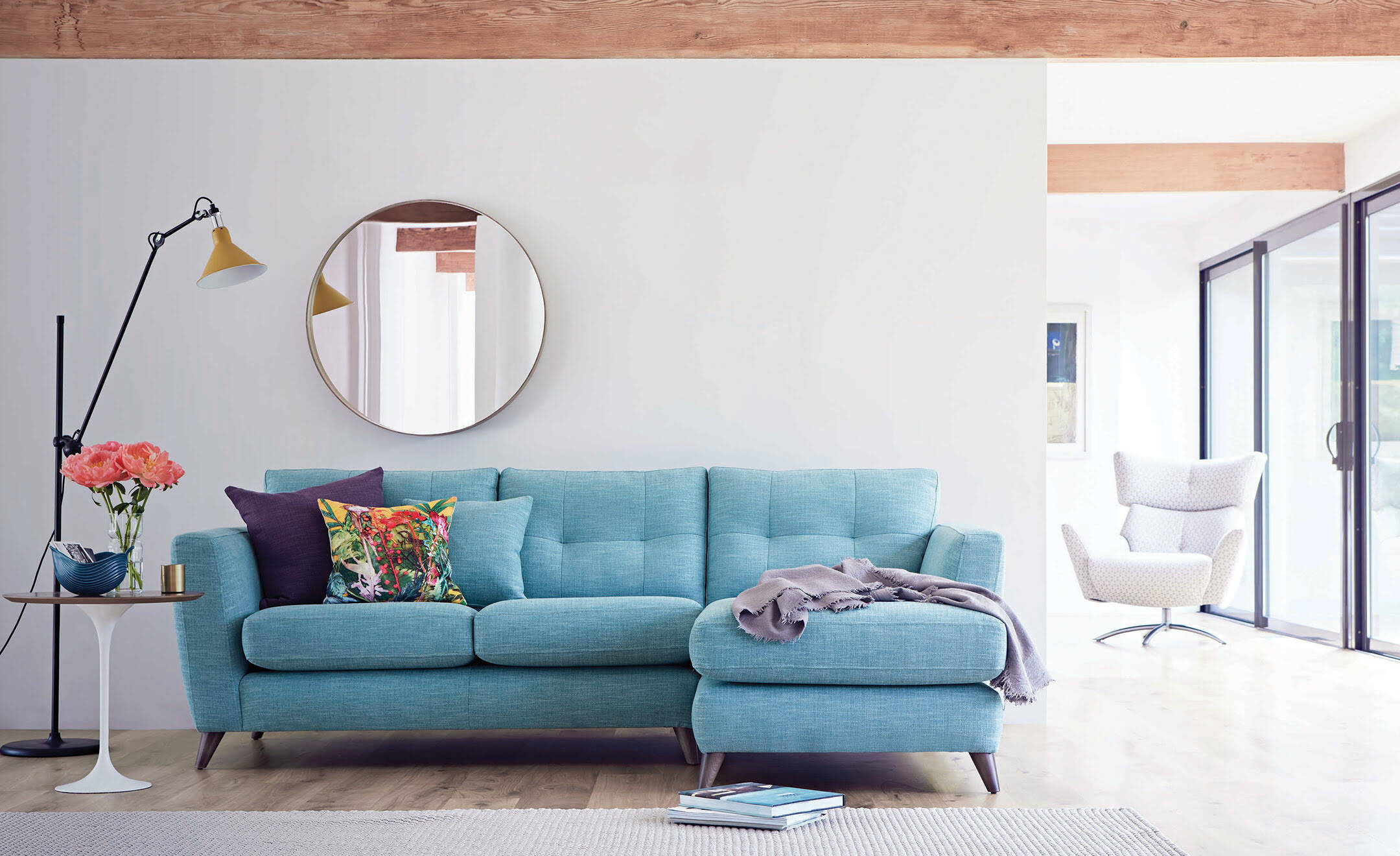
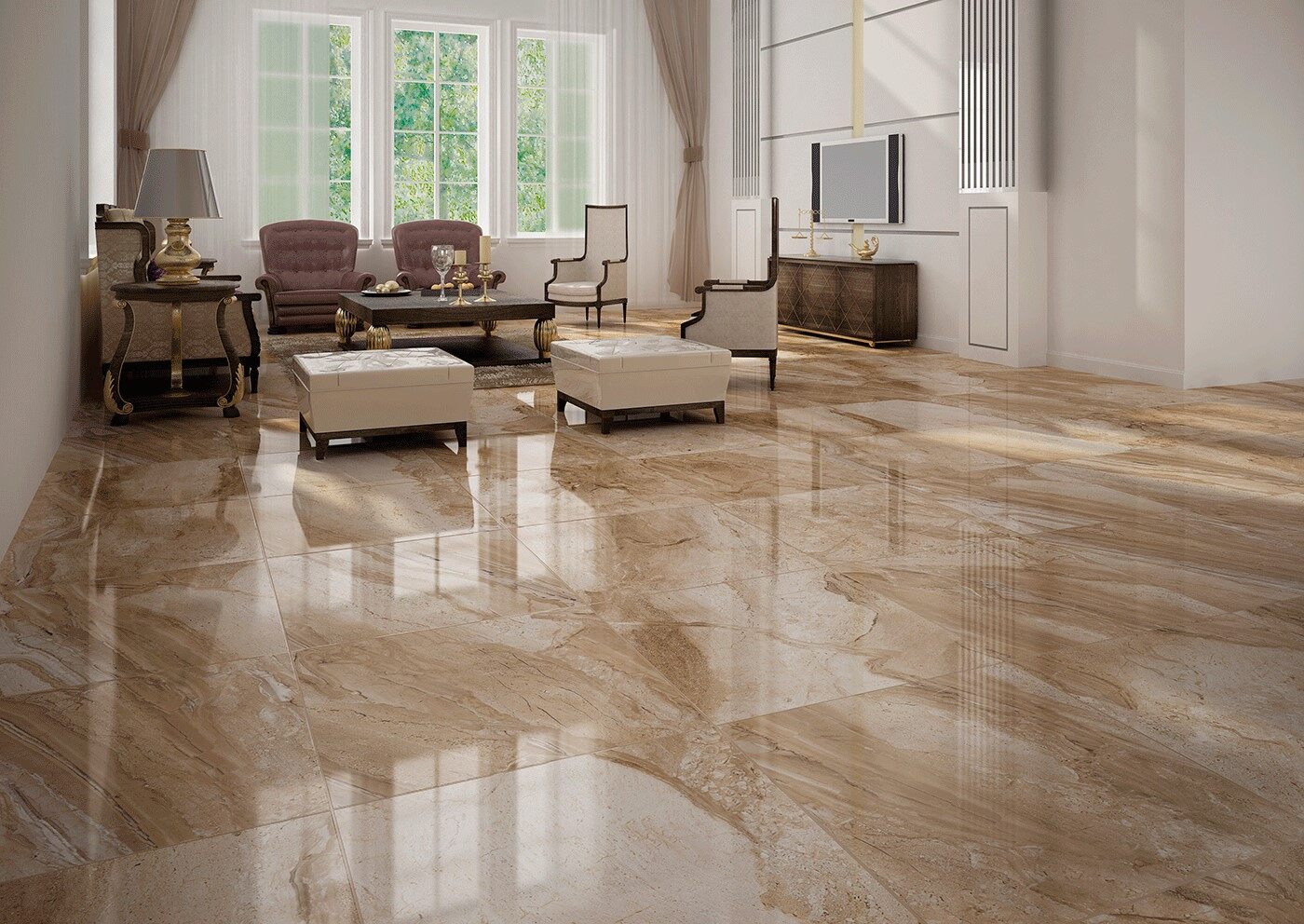
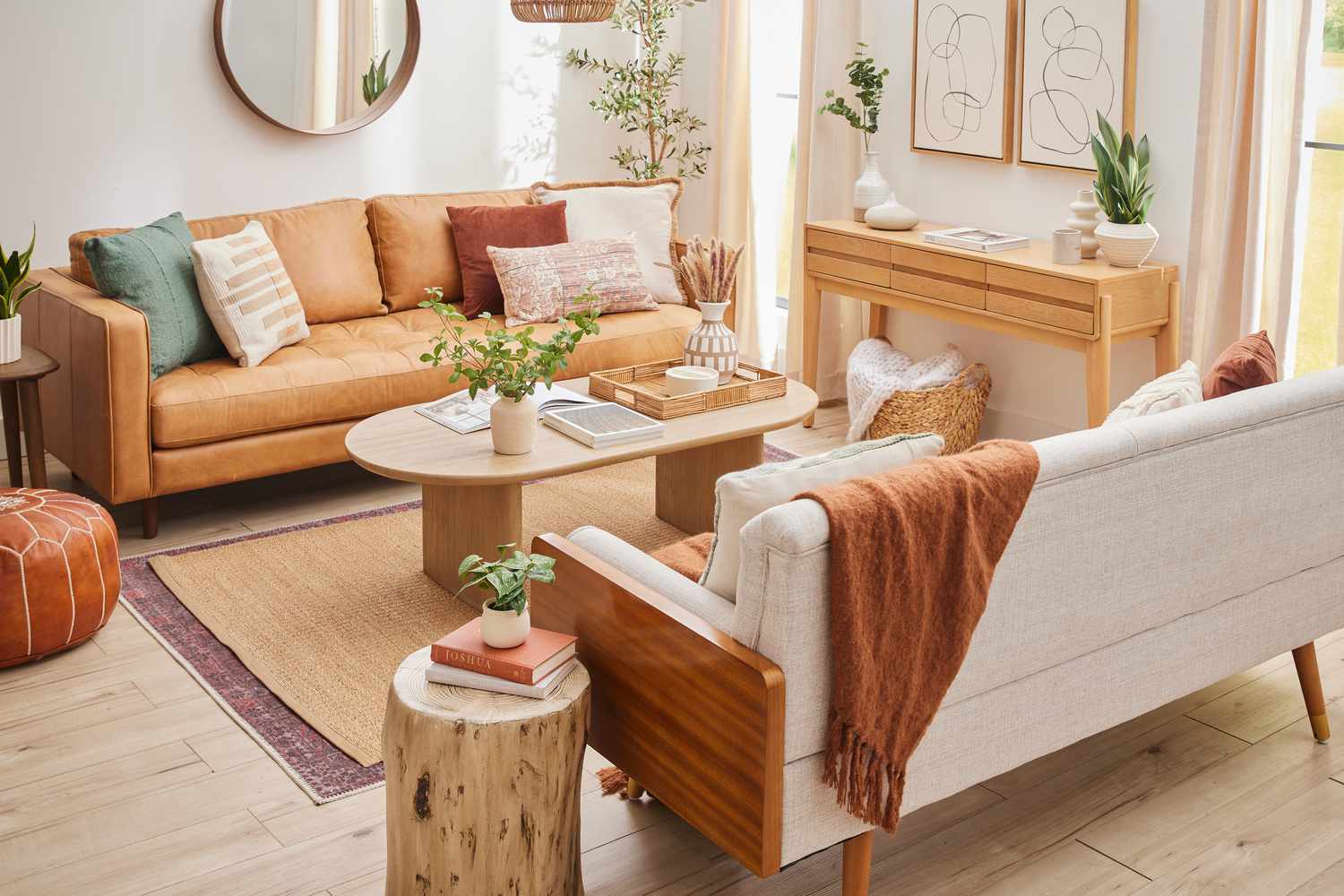
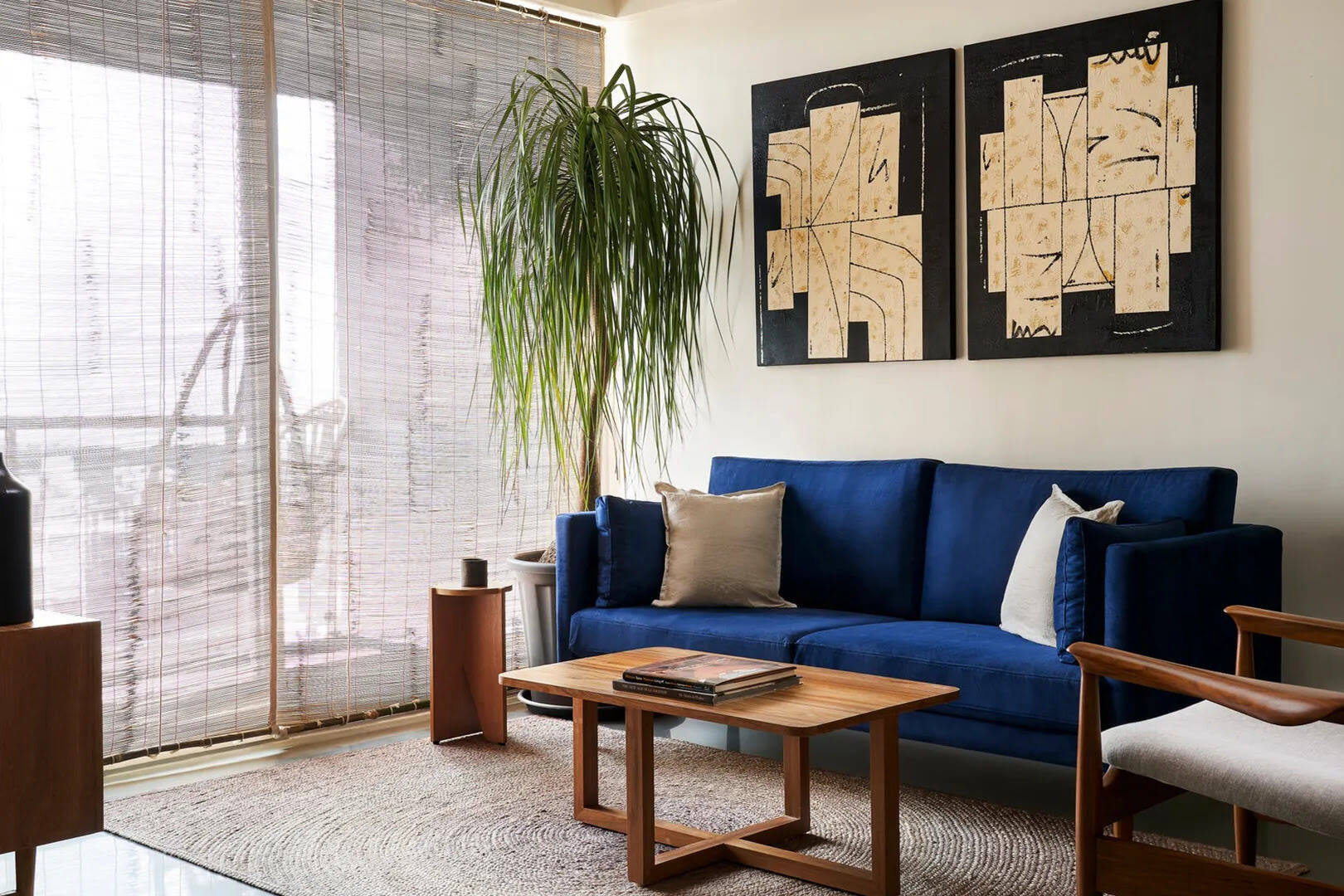
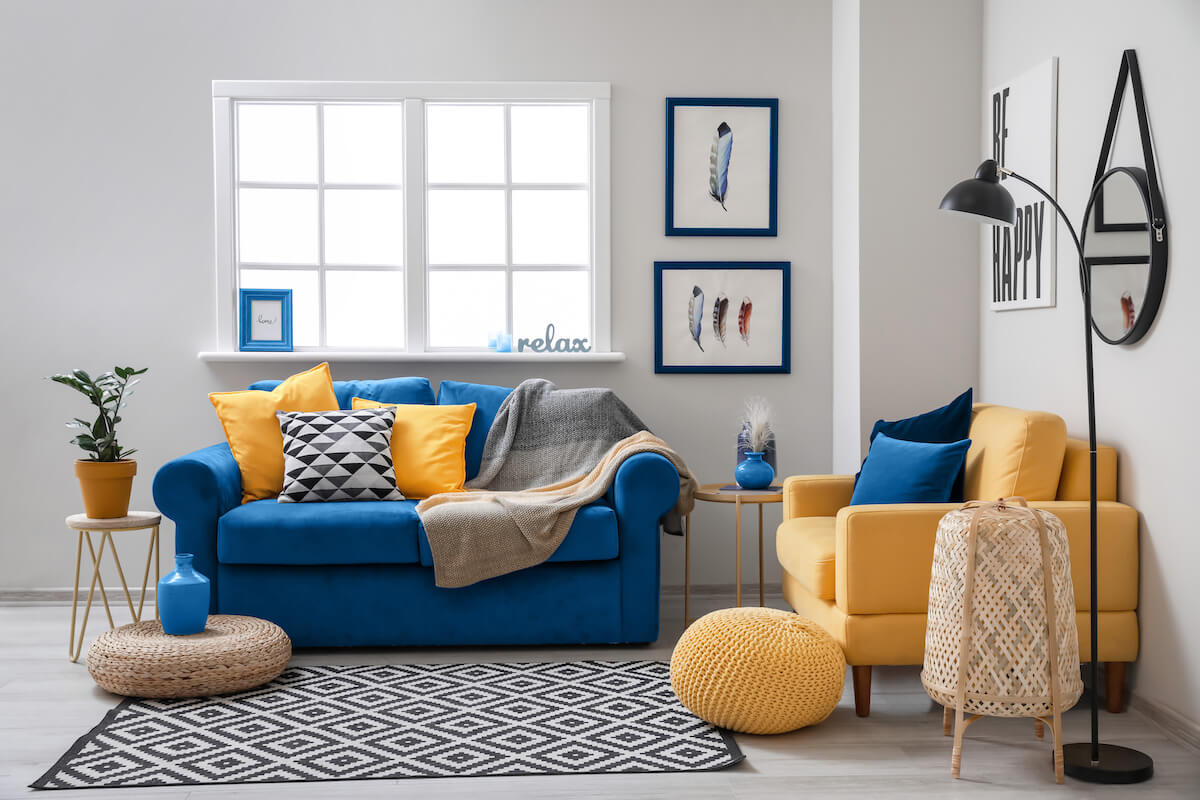
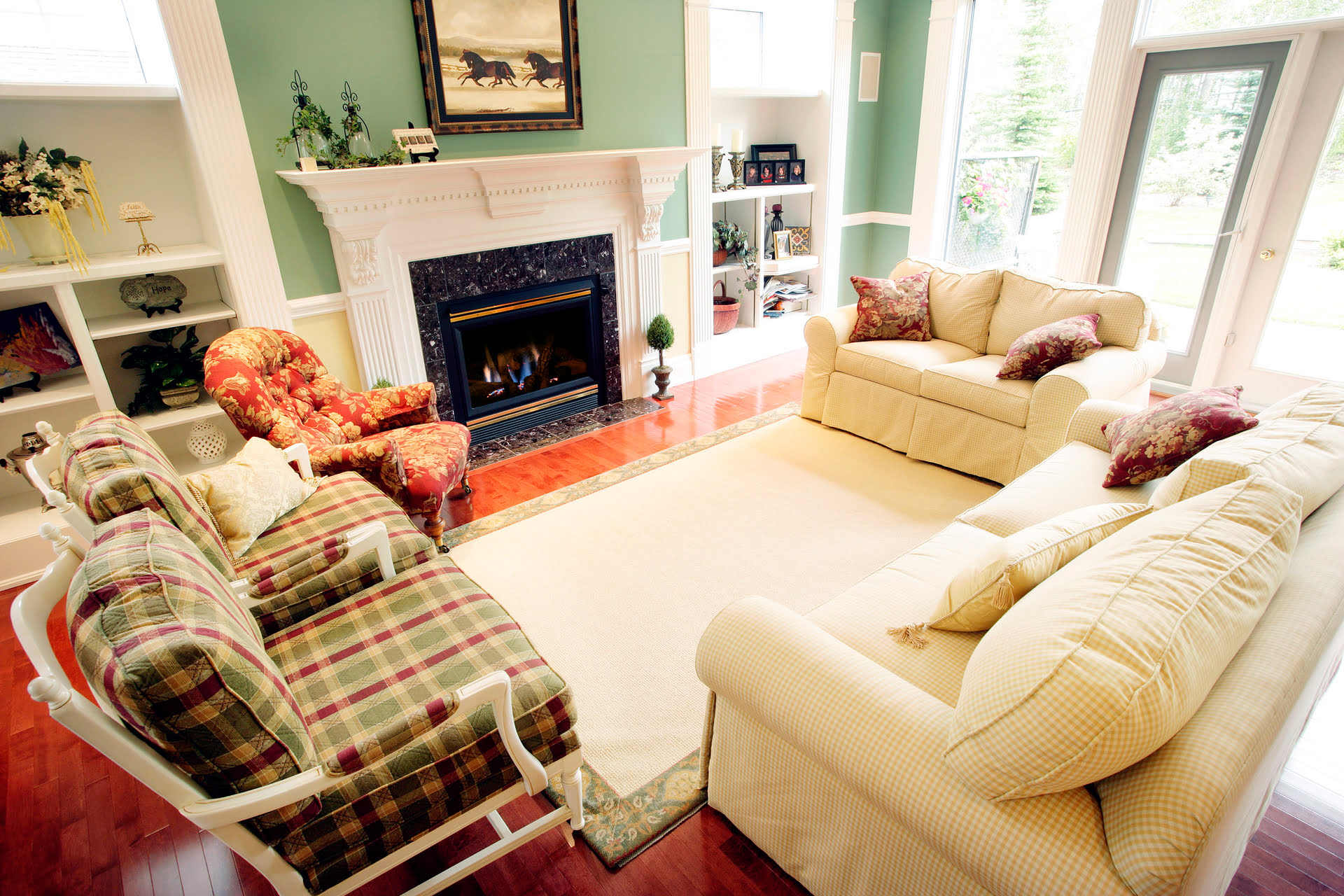
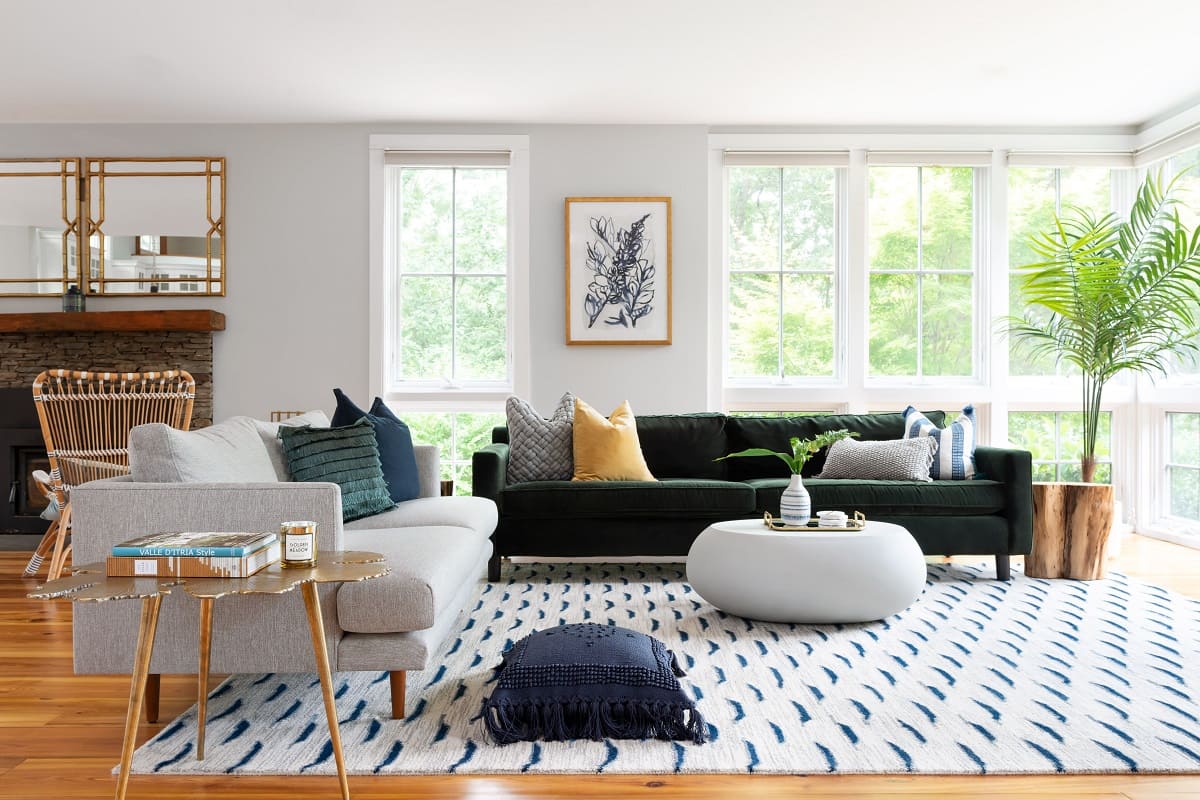
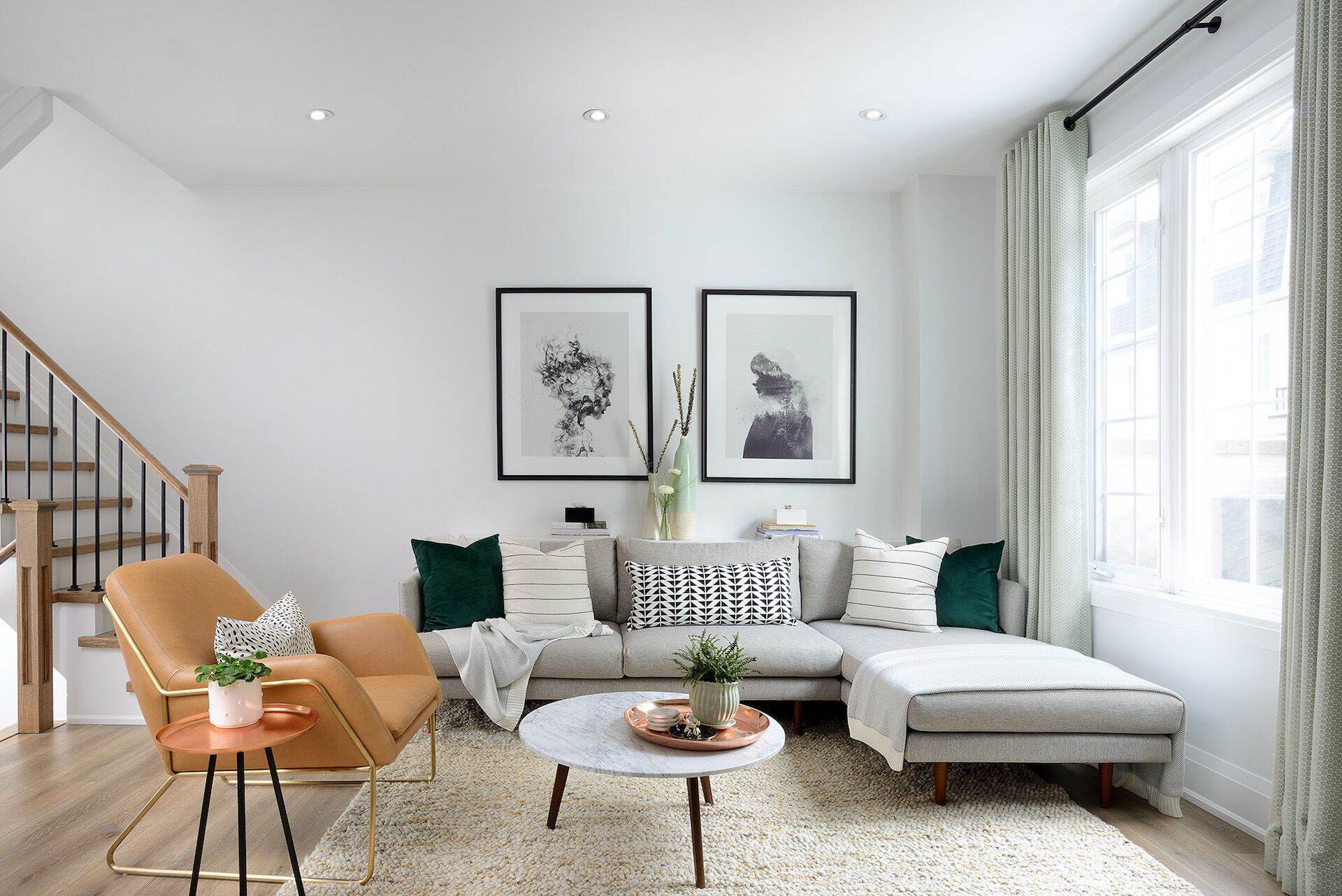
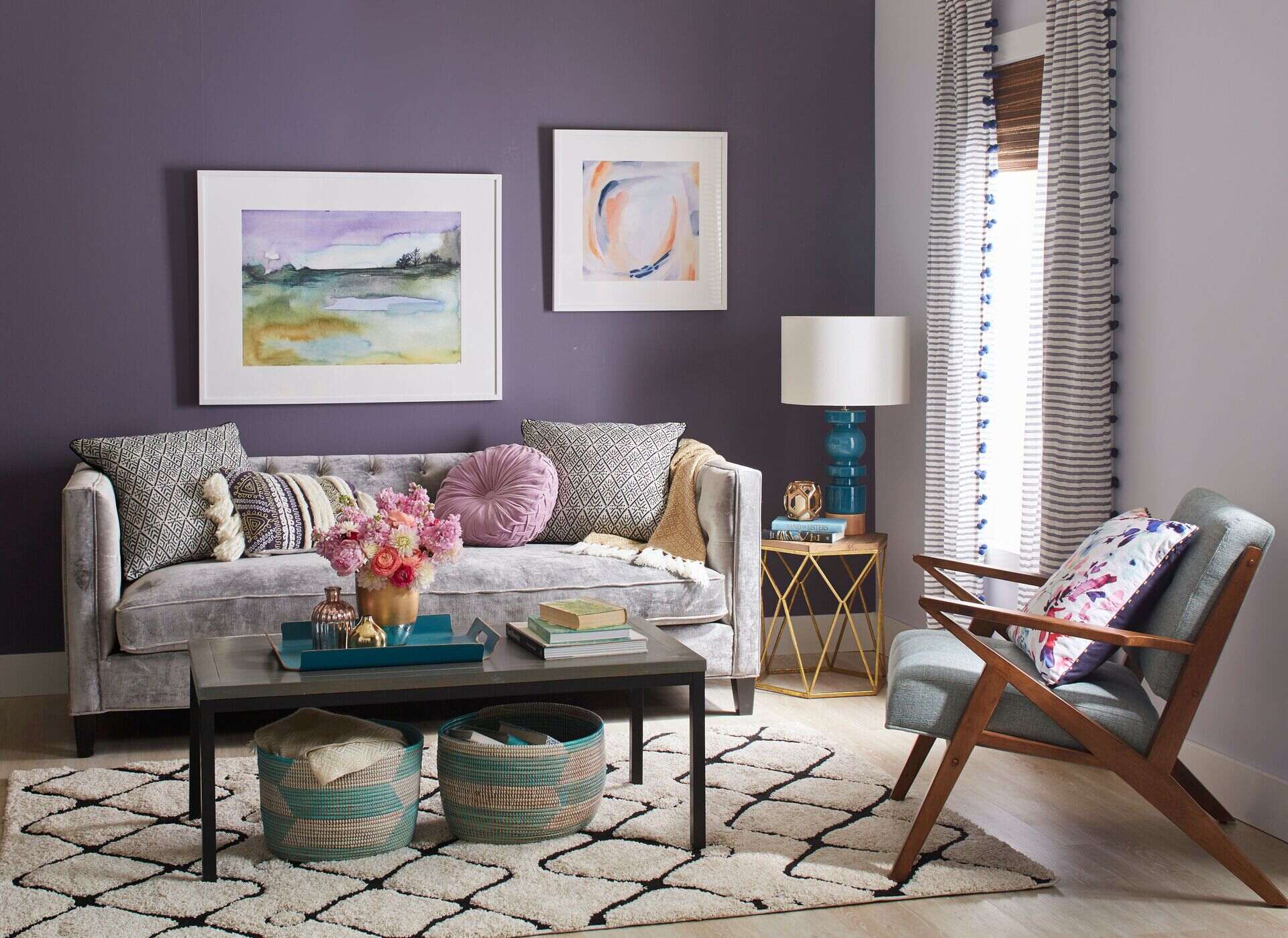
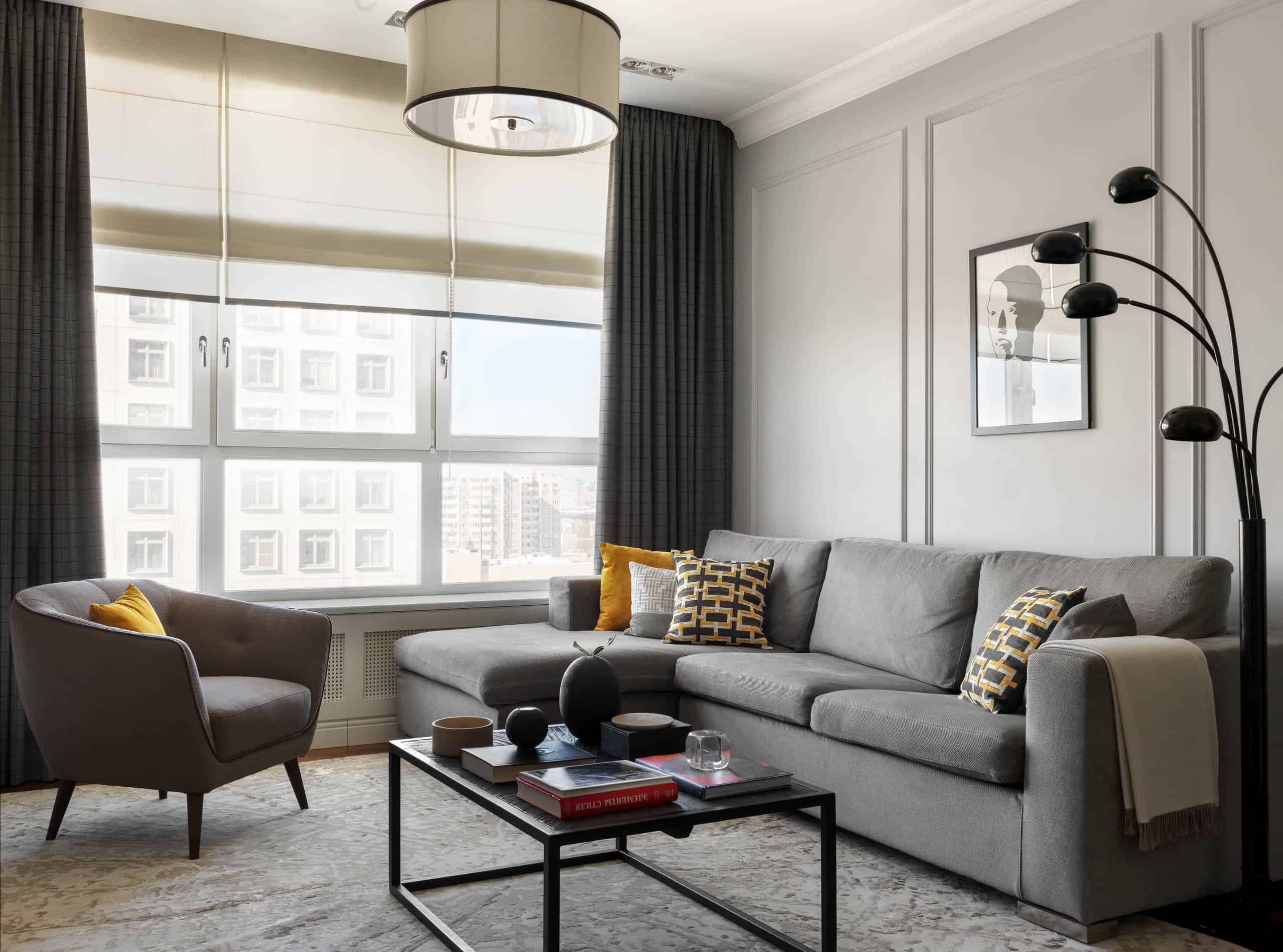
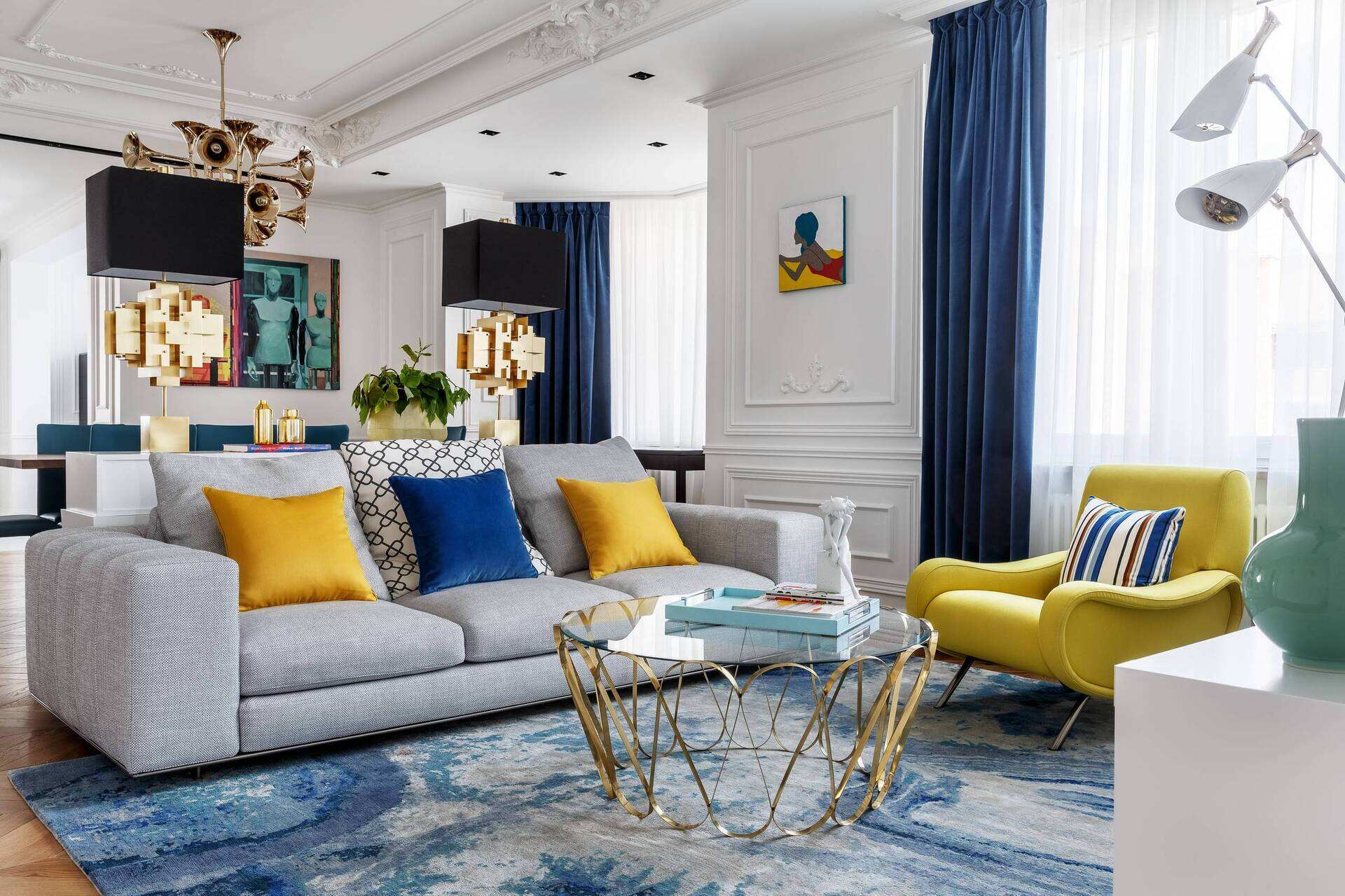
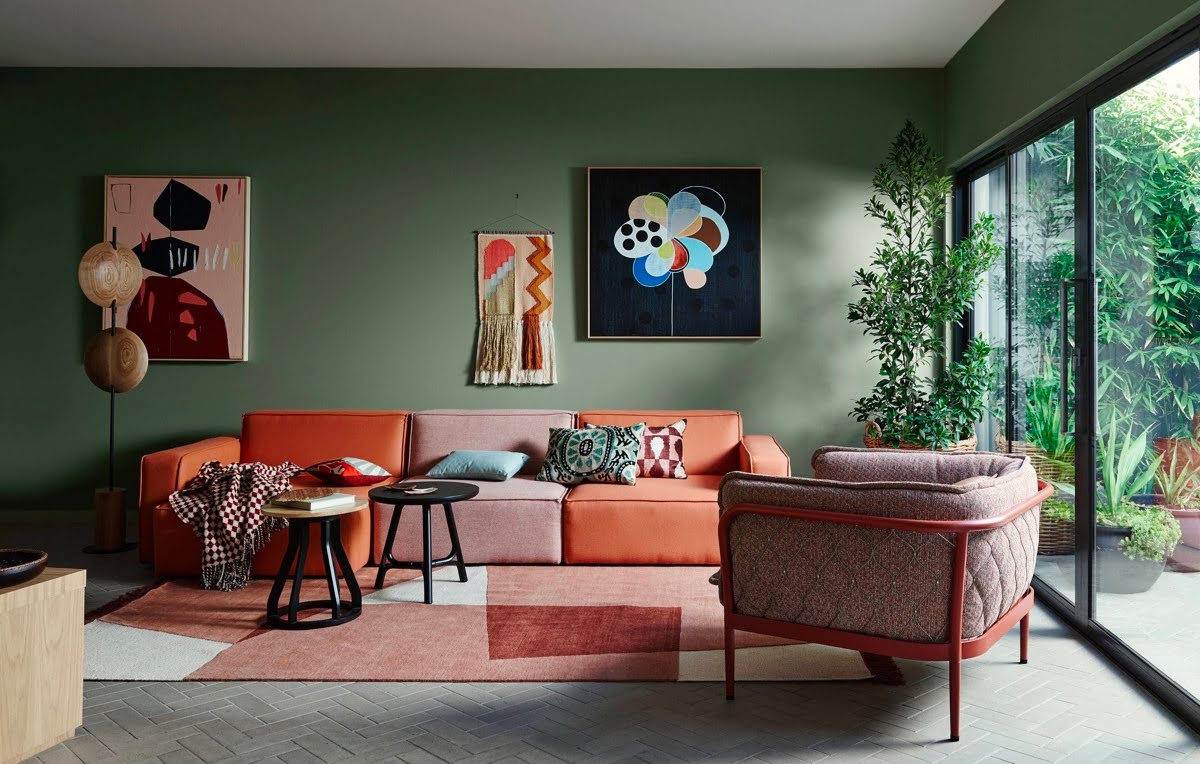

0 thoughts on “Which Sofa Is Best For Living Room”